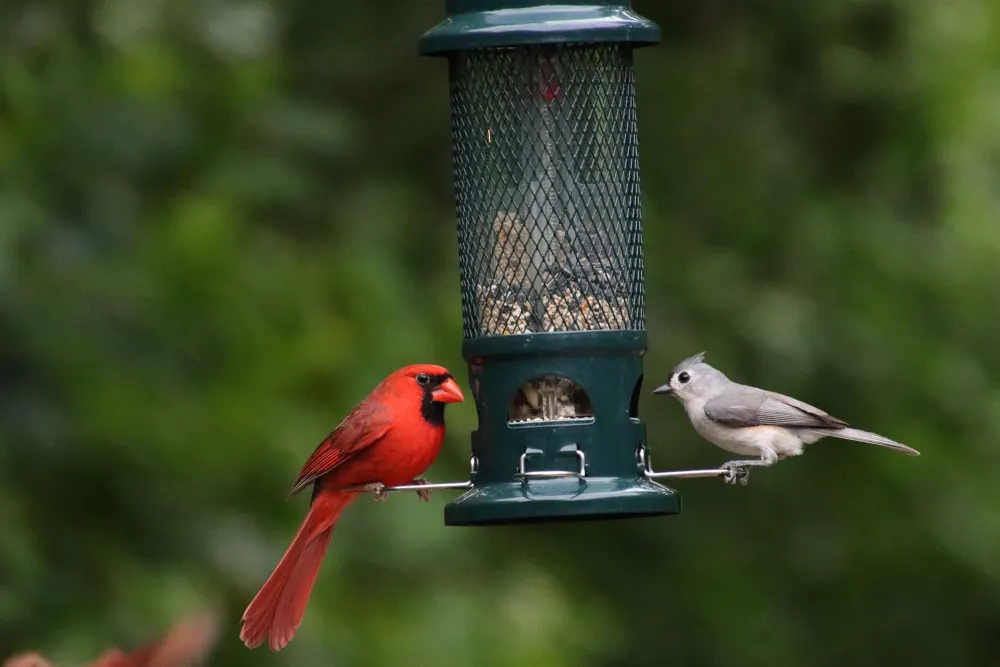Now live: The 2025 Canopy Report. Learn how Americans see trees. GET THE REPORT
Bulletin
How to Attract Songbirds and Wildlife
The presence of wildlife can make a backyard or woodlot a special place for your family. As urban and suburban development displaces many birds and animals from their natural habitat, it becomes increasingly important for landowners to provide mini-sanctuaries for wild birds and other wildlife.

Working with the principles on these pages can help you provide habitat that will attract birds and wildlife to your home.
Provide Space for Living
Just a bush or two and a few trees won’t do. Birds and wildlife need room to move about and enough variety in plant species to provide year-round food. This plan shows wildlife-friendly plantings in a larger lot.
Provide Cover
Birds and small animals need concealed places for nesting and hiding, protected from the eyes of predators. In a backyard setting, such places can be provided by. . .
- Planting conifers (evergreens), preferably in a group.
- Growing hedges with low branches.
- Planting ground cover instead of lawn in several areas.
- Planting shrubs and plants with overhanging branches.
- Using prickly or thorny plants in a few areas.
Provide Water
No matter what their individual food preferences may be, all birds and animals need a dependable source of water close by. This can be supplied in your yard by creating a small pool or birdbath in a protected place. Even a dripping tap will help.
Provide Food
Having a wide variety of trees with high food value is the single best way to increase your pleasure from viewing wildlife. Champion wildlife feeders include:
Summer Fruit
- Cherries
- Dogwoods
- Plums
- Apricots
Seeds
- Ashes
- Birches
- Firs
- Hemlock
- Maples
- Spruces
- Sweetgum
Nuts & Acorns
- Butternut
- Black Walnut
- Chestnuts
- Hazels
- Hickories
- Oaks
- Pecans
Fall & Winter Fruit These are especially important to help wildlife through the worst part of the year and to save early-arriving summer birds that get caught in late-season snowstorms.
- Apples
- Crabapples
- Dogwoods
- Hackberry
- Hawthorns
- Mountain Ash
Create Variety
Good natural habitat features variety — in plant species, in slopes and terrain, in plant height, and in transition between plant communities.
